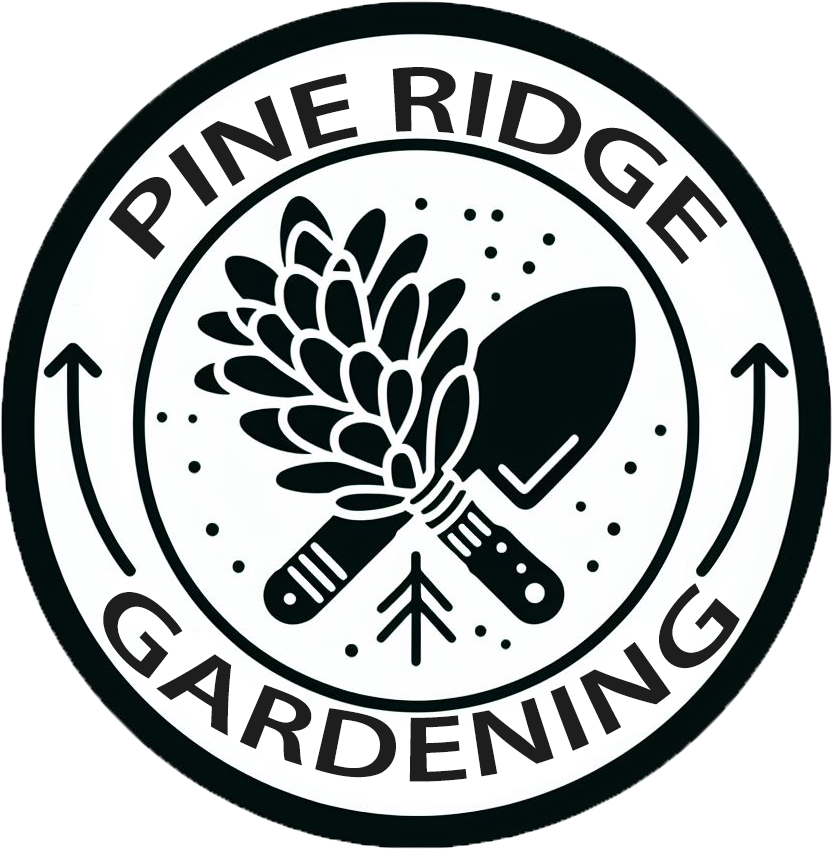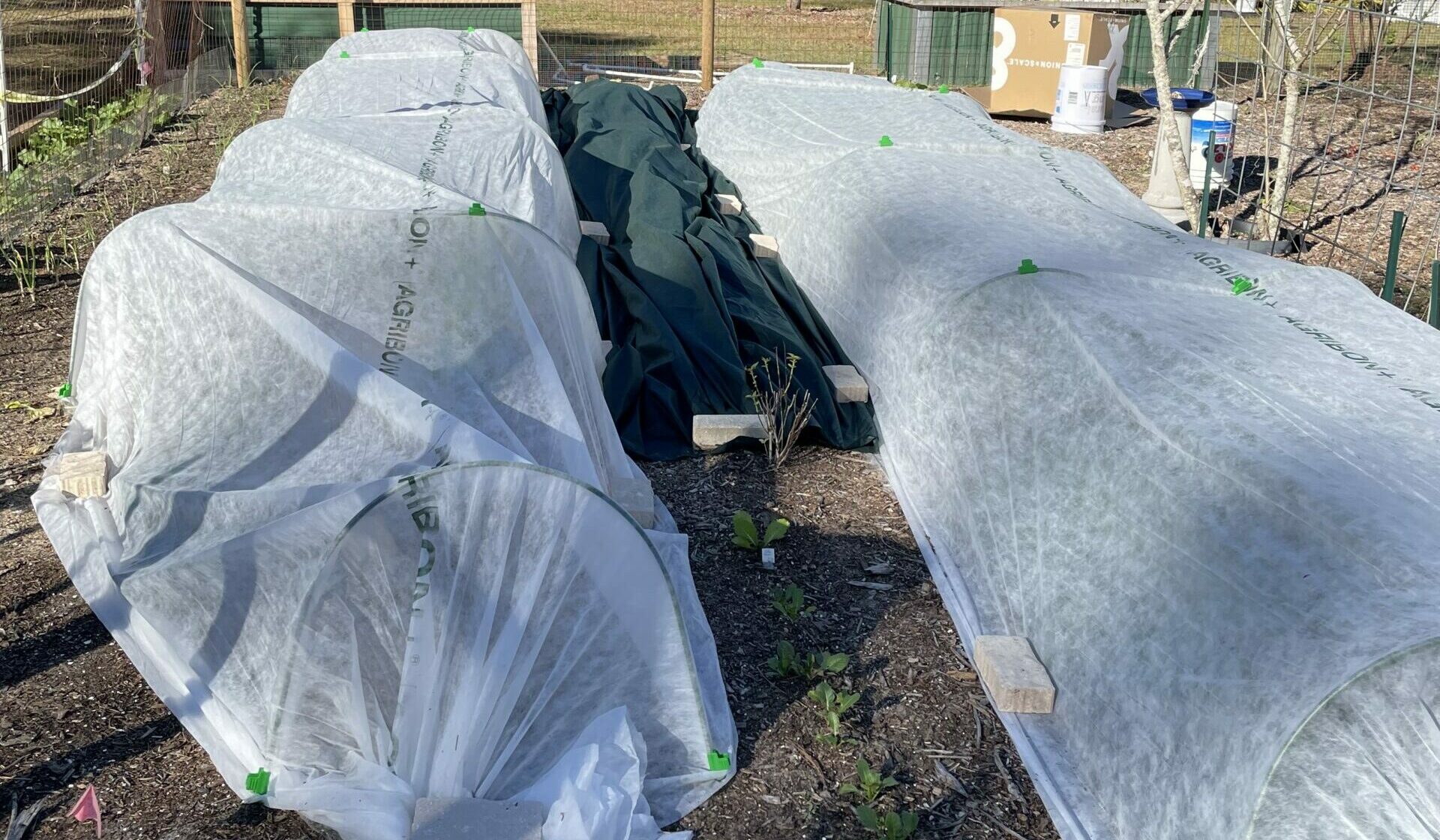Are you growing cool season vegetables this winter in zone 9a? Are you a newcomer to Florida or a new gardener in zone 9a? Many people expect Florida to be warm and balmy all year long. But, unless you live in South Florida, you will have to deal with cold temperatures at some point during our winter months. Vegetable plants and some trees may need to be protected from frost and freezing temperatures in our growing zone. The difficulty is figuring out at what temperatures these plants need to be protected. After countless hours of research and some experimenting, I have come up with the following chart to help all of us plan ahead when cold temperatures are forecasted.
| Crop | Frost Tolerant | Protect When Temp’s Below (°F) | Protect Young Plants When Temp’s Below (°F) |
| Beets | YES | 15-20 | |
| Broccoli | YES | 25 | 28 |
| Brussels Sprouts | YES | 20 | |
| Cabbage | YES | 20-27 | 28 |
| Cabbage (Napa) | YES | 20-25 | |
| Carrots | YES | 20 | |
| Cauliflower | YES | 25-32 | 28 |
| Collard Greens | YES | 20 | 28 |
| Kale | YES | 25 | 28 |
| Kohlrabi | YES | 20 | |
| Lettuce (Head) | YES | 20 | |
| Lettuce (Leaf) | YES | 22-25 | 28 |
| Mustard Greens | YES | 28 | |
| Onions | YES | 20 | |
| Onions (Scallions) | YES | 25 | |
| Peas (English) | YES | 28 | |
| Potatoes (Sweet) | NO | 30-32 | |
| Potatoes (White) | NO | 32 | |
| Radish | YES | 20 | |
| Rutabagas | YES | 20-28 | |
| Spinach | YES | 20 | |
| Strawberries * | YES | 20 | |
| Swiss Chard | YES | 20-22 | |
| Turnip | YES | 20-28 |
The variety of the vegetable plant can make a difference in the plants temperature threshold. Some varieties are just hardier than others. This is why there is a temperature range on the chart for some crops. It is a good idea to play it safe though and cover plants with frost blanket over hoops if the forecasted temperatures are even close to the damaging temperatures. Also, temperatures near the ground may be significantly lower than temperatures five feet off the ground where official air temperatures are measured. As we all have learned, our weather forecasts are not always accurate. Sometimes it can be five-degrees lower at my house than what was forecasted. This is why I have a weather station which measures temperature, humidity, and wind speed setup in my garden. I can have it alert me when a temperature threshold is reached. This also allows for tracking the high and low temperatures as well as the amount of precipitation. Some models of weather station can even submit this data automatically to help forecasts be more accurate.
Remember that your yard may have microclimates which are a set of atmospheric conditions that differ from those in the surrounding areas in your yard or neighborhood. These microclimates are common under the canopy of large trees, especially non-deciduous trees, next to concrete or stone walls, driveways or swimming pools. Planting more cold sensitive plants in warmer microclimates may help them survive cold temperatures. There are also microclimates that will be colder. If you live at the bottom of a hill, as we do, the cold air will settle to the lower spots since it is heavier than warn air. Keep in mind, this is a Florida sized hill which most people north of Florida would not consider hills at all. But I still notice a difference in temperatures as I drive up our street on a cold winter morning.
For more information on how to protect your garden from frost and freezing temperatures, visit my blog titled, Frost Protection Zone 9a.



